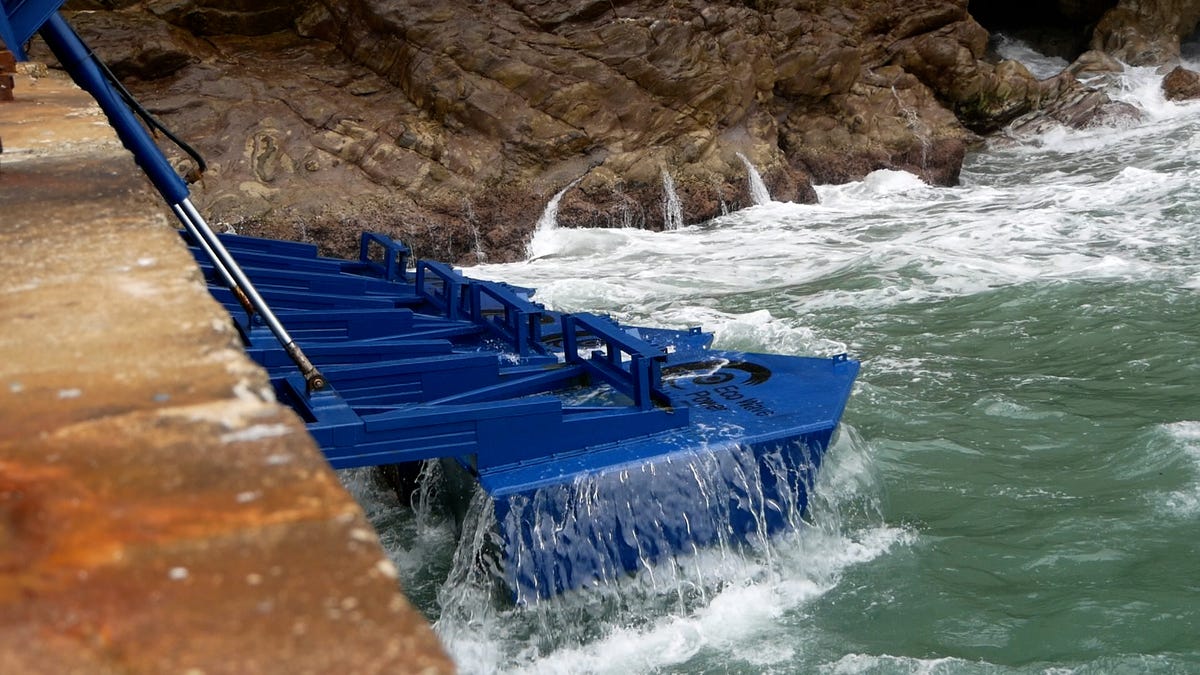
From transparent solar panels to fusion power breakthroughs, lots of time, talent and money is being invested in developing more sustainable technologies. We put together a list of some of the ones we’ll be keeping an eye on in 2023.
Let’s start our rundown with the original green power source: the sun.
Solar power has long been considered a staple renewable, and it’s considered competitive with traditional energy sources, but it comes with a couple of caveats. Most notably, the sun doesn’t always shine. And even when it does, most commercial solar panels aren’t as efficient as wind turbines.
That said, efforts are underway to find new ways to make, apply and deploy solar panels that could help them fulfill a larger portion of our energy needs.
One of the wildest advancements in solar I’ve come across thus far is the dawn of transparent solar panels that can be applied like a film over windows or other surfaces to harvest energy. Two companies are pushing this sort of technology forward: Ubiquitous Energy and Solar Windows.

Ubiquitous Energy’s transparent solar panels inside windows.
Ubiquitous Energy
Both are aiming to create partnerships with other businesses rather than selling directly to consumers. Transparent solar panels will probably be offered as an upgrade option if you’re looking to install some new windows in your home or office, or they may be offered as an add-on for your car.
Speaking of cars, some electric vehicles are also starting to incorporate regular solar panels as a key feature. Every solar EV I’m aware of still needs to be plugged in to charge up for long-range trips, but you might be able to make up to about 40 miles a day in short trips off solar power alone depending on your car, where you park it, and what kind of solar package it has.

Aptera’s solar EV cruising down the road.
Jesse Orrall/CNET
The handful of solar cars I’ve come across, including the Aptera, Sono Sion, and Lightyear 0, are engineered to be lighter, to maximize the benefit of their installed solar.
Capturing the sun’s power is one thing, but there are also people actually trying to replicate the sun’s power here on Earth. I’m talking about fusion energy, which seeks to fuse elements together to generate energy, akin to reactions occurring within our star’s massive celestial furnace.

Animation showing fusion ignition at the Lawrence Livermore National Laboratory.
Lawrence Livermore National Laboratory
Recently, a breakthrough at the Lawrence Livermore National Laboratory occurred when a fusion reaction generated slightly more energy than what was used to start it, something which had never been done before.
That said, fusion reactors still have a long way to go. It’s likely they’ll need to be able to generate ten times the input energy to become a viable energy source, something which is still probably many years away. But with massive fusion projects on the horizon, like ITER, there’s a lot to watch in this space.
While solar and fusion take aim at harnessing the power of the sun, other energy tech companies are aiming at a power source much closer to home: the ocean.
Wave Swell Energy’s artificial blowhole recently completed a one-year test off the coast of King Island, Australia. Inspired by a natural blowhole, the Uniwave200 directs waves into its central chamber, where air is compressed, spinning a turbine and sending energy to the grid. Wave Swell Energy is still improving its artificial blowhole and trying to make it more reliable and affordable.

The Uniwave200 harvests wave energy off King Island, Australia.
Wave Swell Energy
Another company, called Eco Wave Power, is using human-made structures built into the ocean as a foundation for wave energy generation. Their floaters sit on the surface, where the rising waves push them up, creating fluid pressure in the system, which spins a hydromotor that turns a generator and sends electricity to the grid via an inverter.

Blue floaters from Eco Wave Power turn the rise and fall of waves into electrical energy.
Eco Wave Power
The system is designed to automatically recognize upcoming storms so it can raise the floaters out of the water until the bad weather passes, preventing damage. The company has already installed floaters in Gibraltar and Jaffa Port in Tel Aviv, Israel, and they’re working on another installation, in Los Angeles, that’s expected to be up and running this year.
Efforts are also underway to harvest wave energy from under the water. A company called AWS Energy has deployed a massive underwater buoy called the Archimedes Waveswing that sits below the surface, tethered to the ocean floor. As it moves up and down with the waves, a generator turns that motion into electricity.

The Archimedes Waveswing sits below the ocean surface.
AWS Energy
To see all these technologies in action, check out the video included in this article.

